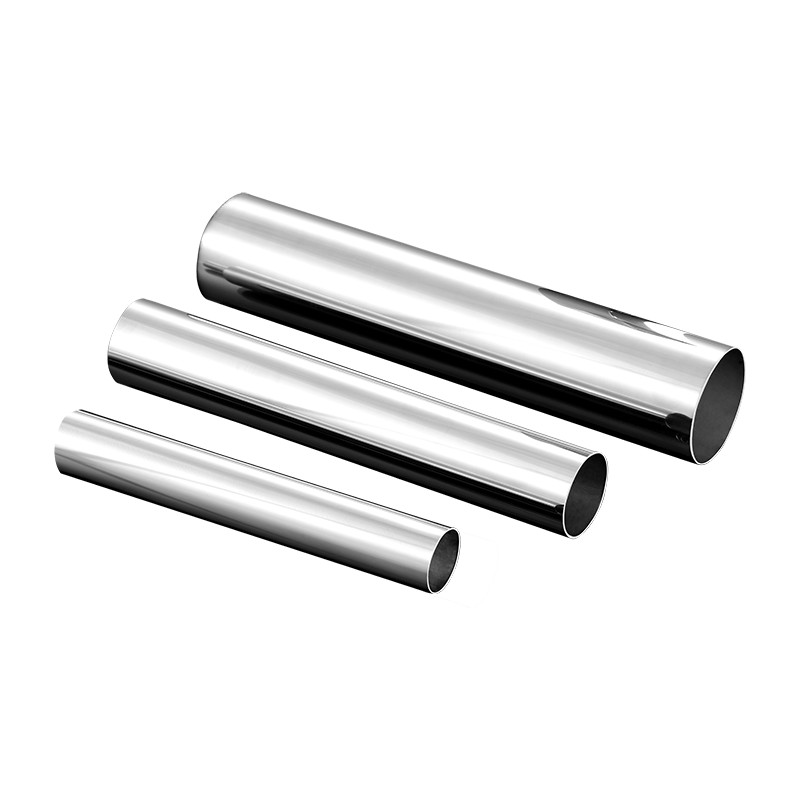What Is a Stainless Steel Welded Pipe and Why Is It Widely Used?
2025-07-10
In modern construction, industrial applications, and manufacturing, stainless steel welded pipes are essential components thanks to their durability, corrosion resistance, and cost-effectiveness. These pipes are used across various industries where strength, hygiene, and performance are crucial.
What Is a Stainless Steel Welded Pipe?
A stainless steel welded pipe is a tubular product made by welding together stainless steel plates or strips. The welded seam can be longitudinal (along the length of the pipe) or spiral, depending on the manufacturing process. After welding, the pipes are often further processed to enhance strength, remove imperfections, and improve appearance.
Stainless steel welded pipes are valued for their corrosion resistance, smooth finish, and cost efficiency compared to seamless pipes.

What Are the Common Types of Stainless Steel Welded Pipes?
1. Ornamental Pipes: Used for decorative applications such as railings, furniture, and handrails.
2. Industrial Pipes: Used in industries like chemical processing, oil & gas, and food production.
3. Sanitary Pipes: Designed for the food, beverage, and pharmaceutical industries where hygiene is critical.
Common stainless steel grades used include 304, 304L, 316, and 316L, each offering different levels of corrosion resistance and strength.
How Are Stainless Steel Welded Pipes Manufactured?
The main steps in the production of stainless steel welded pipes include:
1. Forming: Stainless steel sheets or strips are shaped into a cylindrical form.
2. Welding: The edges are welded together using methods like TIG (Tungsten Inert Gas) or laser welding.
3. Heat Treatment: Applied to relieve stress and improve mechanical properties.
4. Polishing or Pickling: To enhance surface finish and corrosion resistance.
5. Inspection and Testing: Ensures dimensional accuracy, weld quality, and strength.
What Are the Advantages of Stainless Steel Welded Pipes?
Corrosion Resistance: Ideal for harsh environments and chemical exposure.
Cost-Effective: Generally more affordable than seamless stainless steel pipes.
Wide Size Range: Available in various diameters and thicknesses.
Hygienic: Non-toxic and easy to clean, suitable for food and medical applications.
Aesthetic Appeal: Smooth surface finish for decorative purposes.
Where Are Stainless Steel Welded Pipes Commonly Used?
Construction and Architecture: Railings, cladding, and structural applications.
Oil and Gas Industry: Transporting oil, gas, and other fluids.
Chemical Processing Plants: Handling corrosive chemicals and fluids.
Food and Beverage Industry: Sanitary piping for processing and transport.
Water Treatment Plants: Long-lasting piping systems.
Conclusion
Stainless steel welded pipes are indispensable in a wide range of industries due to their strength, corrosion resistance, and cost efficiency. Whether used for industrial fluid transport or architectural decoration, these pipes offer reliable performance and long service life. Choosing the right grade and specification ensures optimal results for every application.


